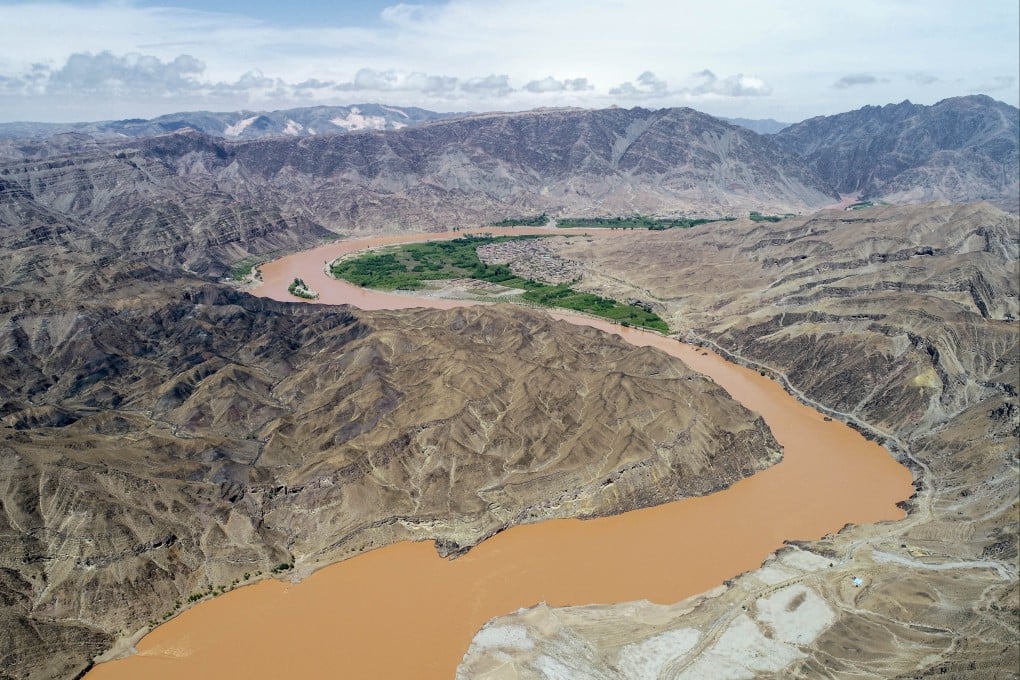China puts upper Yellow River dam plans on the fast track with feasibility study
- Heishanxia water conservancy project on the Gansu and Ningxia provincial border will include the 2.6 gigawatt Daliushu hydropower station
- Project is part of planned westward extension of China’s south-north water diversion network, which has sparked ecological and displacement concerns

The Heishanxia water conservancy project, to be built at the border of the Gansu and Ningxia provinces in northern China, would include the 2.6 gigawatt Daliushu hydropower station, the latest dam on what China calls its “mother river”.
Local authorities say it will bring benefits such as stable water supply and blocking silt that might raise the river bed and increase flood risks, aside from boosting the electricity supply.
However, it also risks submerging 6,400 hectares (15,814 acres) of arable land and forcing out 73,000 local residents, all for an installed power generation capacity of about one-tenth that of the Three Gorges dam on the Yangtze – China’s longest river spanning six provinces and a major domestic shipping route.
A feasibility study for the project is currently under way, state-affiliated digital daily The Paper reported, citing information from the Ministry of Water Resources.
Heishanxia, or Black Mountain Gorge, is seen as a key stop on the western route of China’s South-North Water Diversion Project, which aims to channel billions of cubic metres of water annually from the Yangtze River to the country’s northern regions.
Phase one construction is already complete for the eastern water diversion route, largely moving along the Grand Canal – an ancient waterway linking the eastern city of Hangzhou to the capital Beijing in the north.
A 1,432km (890 mile) initial stretch for a central route has also been built.
